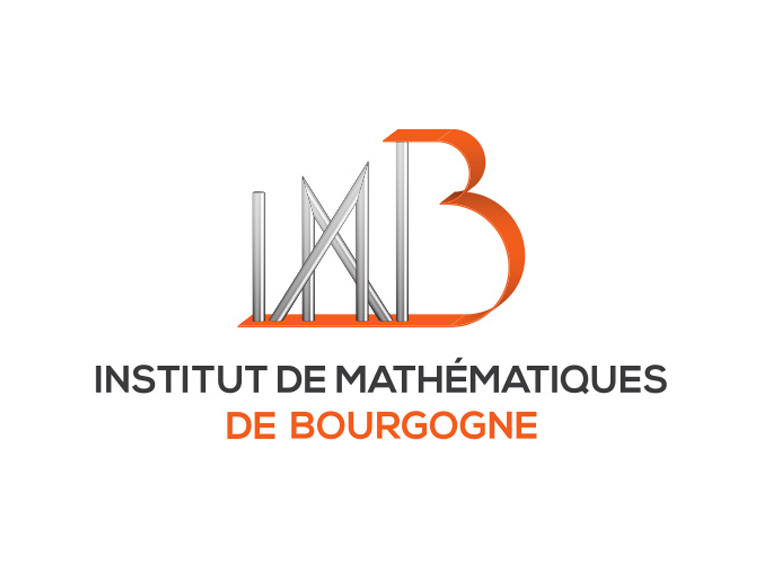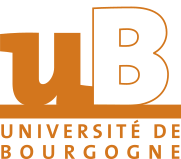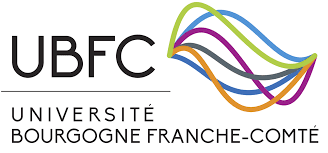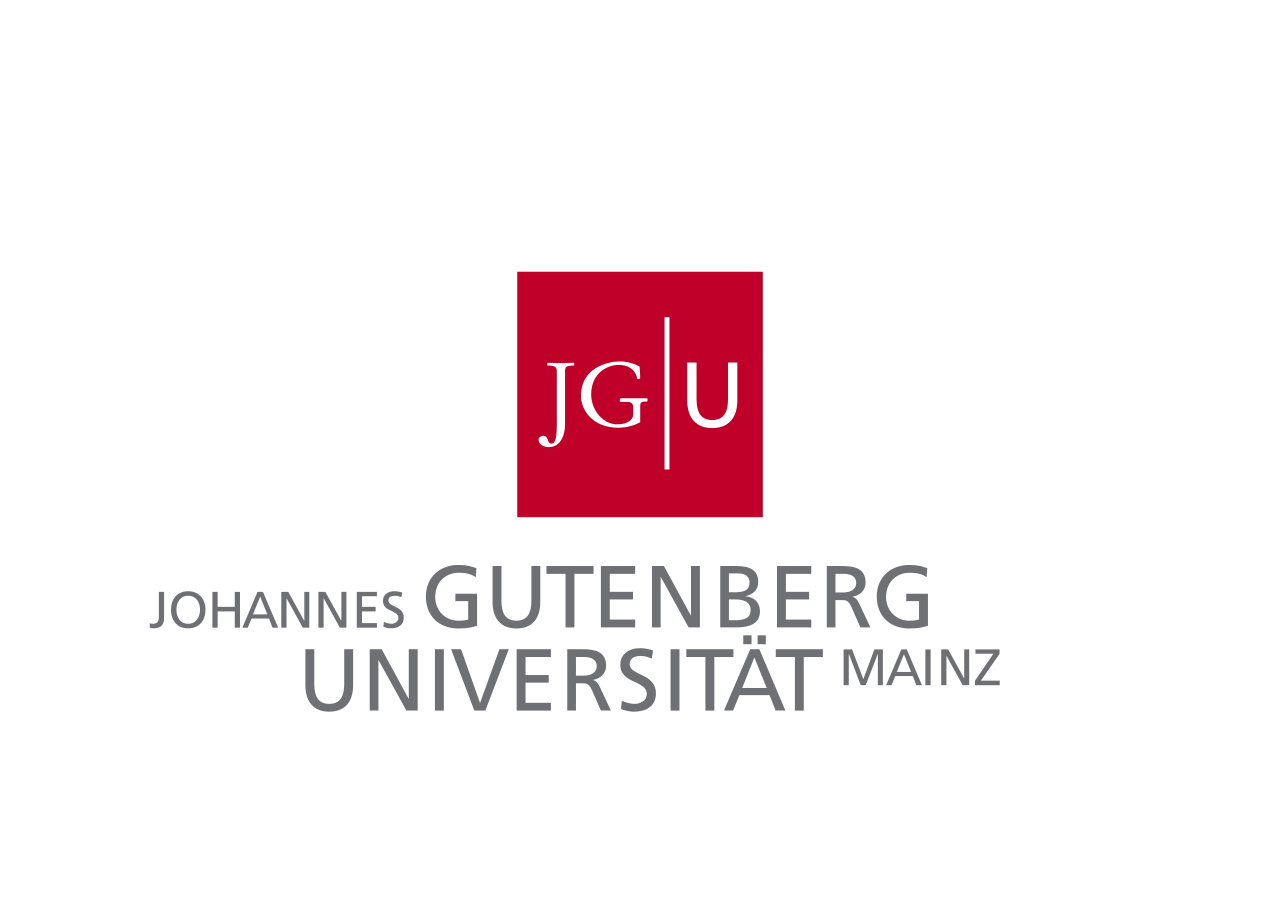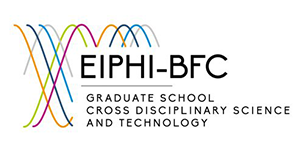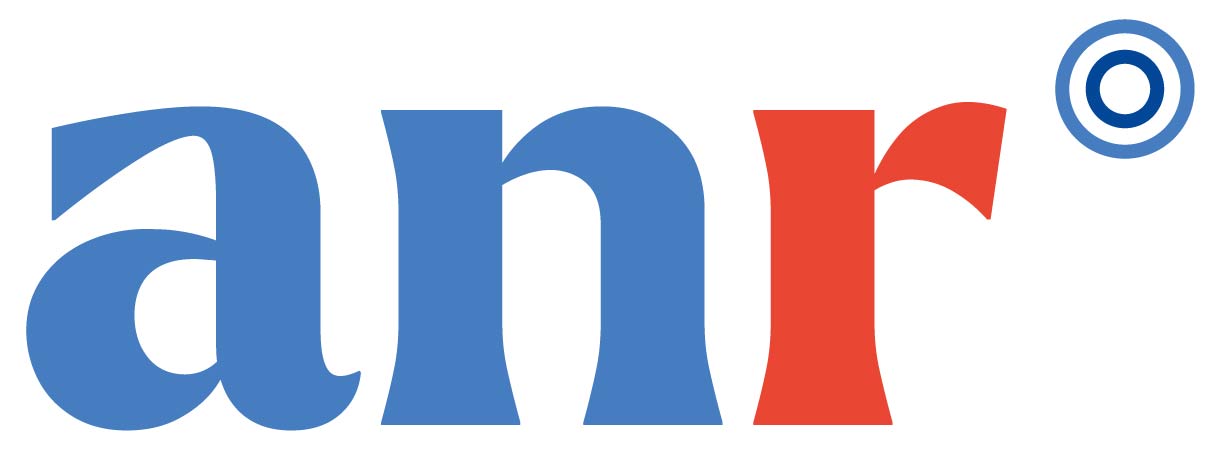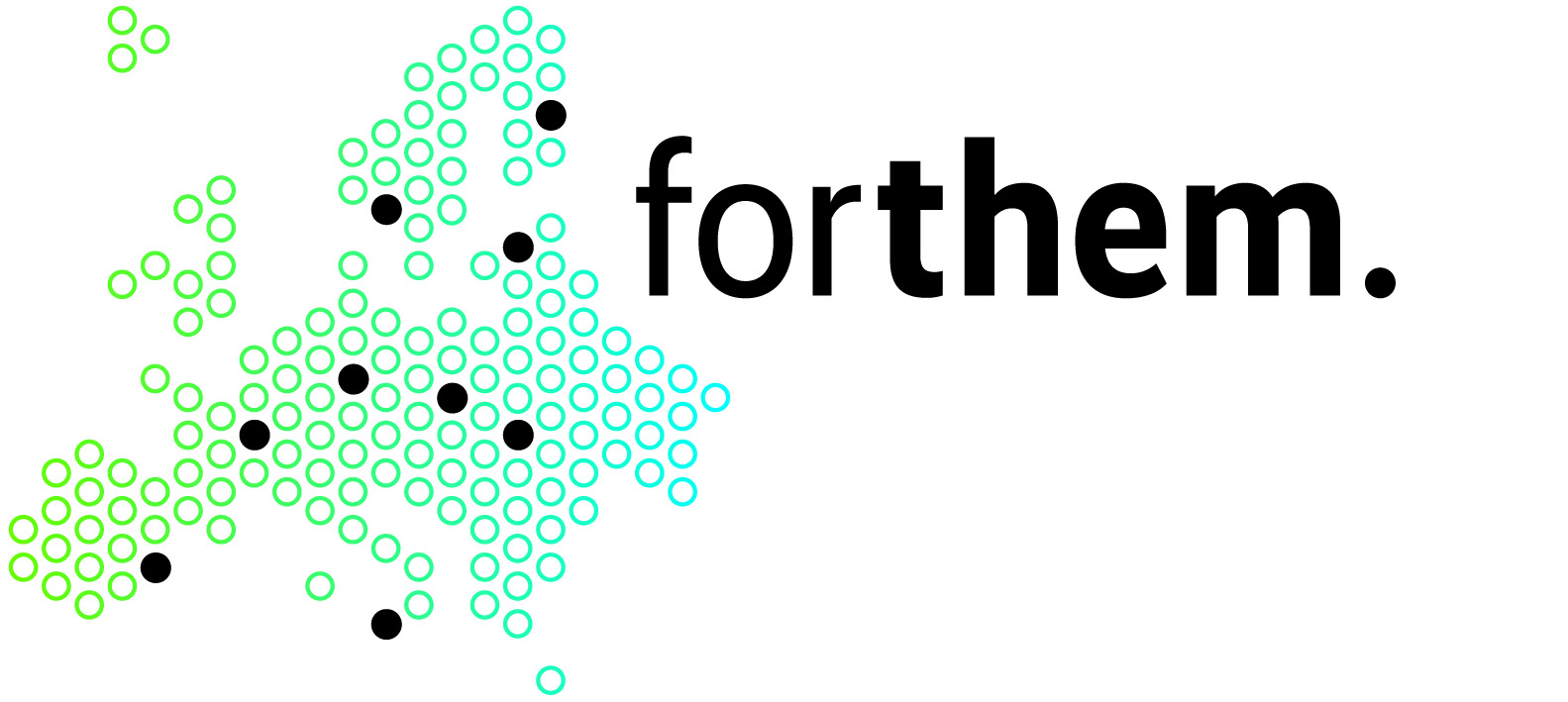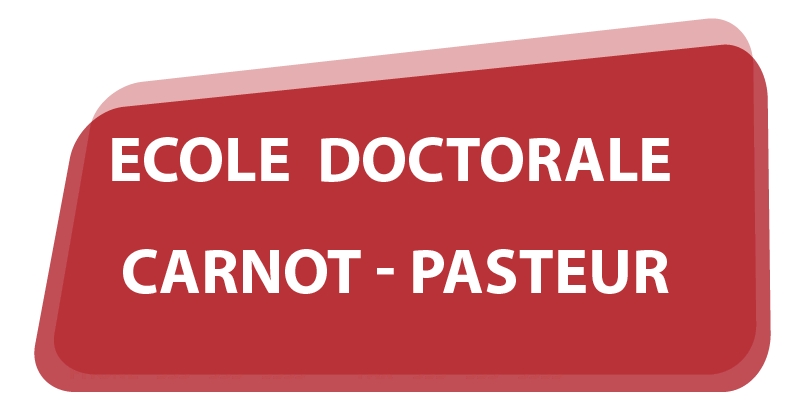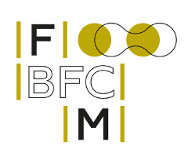Aims & scope
We organize a Master Class "Algebraic Geometry & Physics" dedicated to topics at the interface between algebraic geometry and theoretical physics.
This Master Class is intended primarily for students who will have validated a first year of Master's degree in fundamental mathematics or theoretical physics in Summer 2023 (or before). However Bachelor's students with a strong mathematical or physical background, and interested in algebraic geometry and theoretical physics, may also apply.
It will take place at the University of Burgundy (Dijon), in the GEVREY amphitheater on the ground floor of the Mirande building (UFR Sciences et Techniques, building 37 on the campus map here, the closest tram stop is "Université"), from Monday August 28 to Friday September 01, 2023.
The group picture is available here.
The slides of the presentation of the EIPHI Graduate School are here.
Mini-courses
The Master Class "Algebraic Geometry & Physics" will consist of the next 4 mini-courses (5 sessions of 1h, including at least 1 exercise session for each).
Manfred Lehn Johannes Gutenberg University (Mainz)
We intend to take the uniformisation theorem of Poincaré and Koebe as starting point and discuss compact Riemann surfaces, line bundles, theta functions and so on from the point of view of the action of discrete groups on the complex plane and the upper half plane.
Some references:
- - O. Forster: Lectures on Riemann surfaces. Springer.
- - W. Fenchel, J. Nielsen: Discontinuous Groups of Isometries in the Hyperbolic Plane. Walter de Gruyter.
- - R. Gunning: Lectures on Riemann surfaces. Princeton University Press.
Duco van Straten Johannes Gutenberg University (Mainz)
The course will introduce the notion of completely integrable Hamiltonian systems, focussing on the algebraic geometrical aspects. In particular, we will discuss the remarkable method that originated from Sofya Kovalevskaya and which was developed further by Adler-van Moerbeke- Vanhaecke. In many examples this leads to the an explicit identification of the dynamics as a linear flow on an abelian variety.
Some references:
- - V. I. Arnold: Mathematical Methods of Classical Mechanics. Springer.
- - M. Adler, P. Moerbeke, P. Vanhaecke: Algebraic Integrabiliy, Painleve Geoemetry and Lie algebras. Springer.
- - A. Beauville: Jacobiennes des courbes spectrales et systemes hamiltoniens complètement intégrables.
- - H. Knörrer: Geodesics on the Ellipsoid.
- - S. Kowalevski: Sur le problème de la rotation d'un corps solide autour d'un point fixe.
- - P. Vanhaecke: Algebraic integrability: a survey.
- - P. Vanhaecke: A special case of the Garnier system, (1,4)-polarized abelian surfaces and their moduli.
Adrien Dubouloz & Lucy Moser-Jauslin University of Burgundy (Dijon)
The aim of the lectures is to give an introduction to principal bundles, their comparative flavors in different mathematical settings, in particular differential topology, complex analytic geometry and algebraic geometry, as well as their embodiment and role in modern physics in the context of gauge theories. The first two lectures will be devoted to basic properties of real and complex vector bundles and their associated frame bundles on smooth manifolds, with a particular focus on tangent and cotangent bundles, and then to a glimpse at more general principal bundles under topological groups of physical significance, their presentation in terms of cocycles and their classification in terms of their associated cohomology classes. The second part of the course will be devoted to principal bundles in complex analytic geometry and algebraic geometry motivated and illustrated by the case of vector bundles on Riemann surfaces and projective algebraic curves. One of the goals is in particular to underline the differences between the topological and complex analytic/algebraic classification and to motivate the notions of characteristic classes and classifying spaces in these context.
Some references:
- - The first chapter of the pdf book "Vector Bundles & K-Theory" by Allen Hatcher, which contains the essentials for vector bundles in a topological framework, presented in a very intuitive and introductory way with numerous examples.
- - To go further: the book "Fiber bundles" by Dale Husemoller. (More specifically Part II, Chapters 4,5,6 concerning the notions of general principal bundles, always in the context of differential topology.)
- - For the transition to principal bundles in algebraic geometry and the notions of sheaves that go with them: the Grothendieck's Kansas Notes "A general theory of fibre spaces with structure sheaves".
Elba Garcia-Failde Sorbonne University (Paris)
In this mini-course we will harvest the fruits from the course on Riemann surfaces to introduce a universal procedure called topological recursion. It is universal because it appears in many different contexts in physics and mathematics, and helps establishing bridges among them. Topological recursion takes as input a Riemann surface together with some extra data and produces through residue calculations on it a family of objects which often carry important geometric meaning. We will introduce this general method while solving a classical problem that exhibits many of the useful tools around topological recursion: the enumeration of certain graphs embedded on surfaces and their relation to gaussian integrals over hermitian matrices. On the way, we will learn how to manipulate these objects combinatorially and how to treat their generating series by exploiting the geometric nature of the procedure. Moreover, we will see how the most basic principle of topological recursion works: first one should understand the most basic topologies, that is disks and cylinders, and then explore how to understand more and more complicated topologies by gluing pairs of pants to easier ones. Finally, we will get a flavour of the relation of topological recursion to other important topics, such as those of the other courses: fibre and principal bundles, characteristic classes, and integrable systems.
Some references:
- - Bertrand Eynard, Counting surfaces, Progress in Mathematics, Birkhäuser, 2016.
- - Original paper where the topological recursion was introduced: B. Eynard and N. Orantin, Invariants of algebraic curves and topological expansion, Commun. Number Theory and Physics 1 (2007).
- - A short overview of the "Topological recursion", by B. Eynard.
Yongbin Ruan Zhejiang University
The vector bundle over a curve is one of first objects one learns in algebraic geometry. The notion of slope naturally leads to the notion of stability. From this point of view, a Higgs bundle is just a variant of a vector bundle. Surprisingly, this harmless variant turns out to be a central object in geometry and physics. We will give an elementary introduction of this amazing story.
Schedule
- 08:00
- 08:30
- 09:00
- 09:30
- 10:00
- 10:30
- 11:00
- 11:30
- 12:00
- 12:30
- 13:00
- 13:30
- 14:00
- 14:30
- 15:00
- 15:30
- 16:00
- 16:30
- 17:00
- 17:30
- 18:00
-
Monday
-
Tuesday
-
Wednesday
-
Thursday
-
Friday
How to apply?
If you wish to participate, you just need to send an email to Ronan Terpereau including
1) Your personal data (name and Home University);
2) A transcript covering the period 2021-2023;
3) A one-page resume; and
4) A one-page cover letter.
Lunch meals, from Tuesday to Friday, will be paid for by the organizers.
Moreover, if you would like us to book a hotel room for you (at our expense), from Monday to Friday, please mention it in your message.
Evening meals and transport costs will, however, not be covered by the organizers.
Registration is now closed.
Sponsors
